White Cypress-pine,
Northern Cypress-pine
Display all 12 images
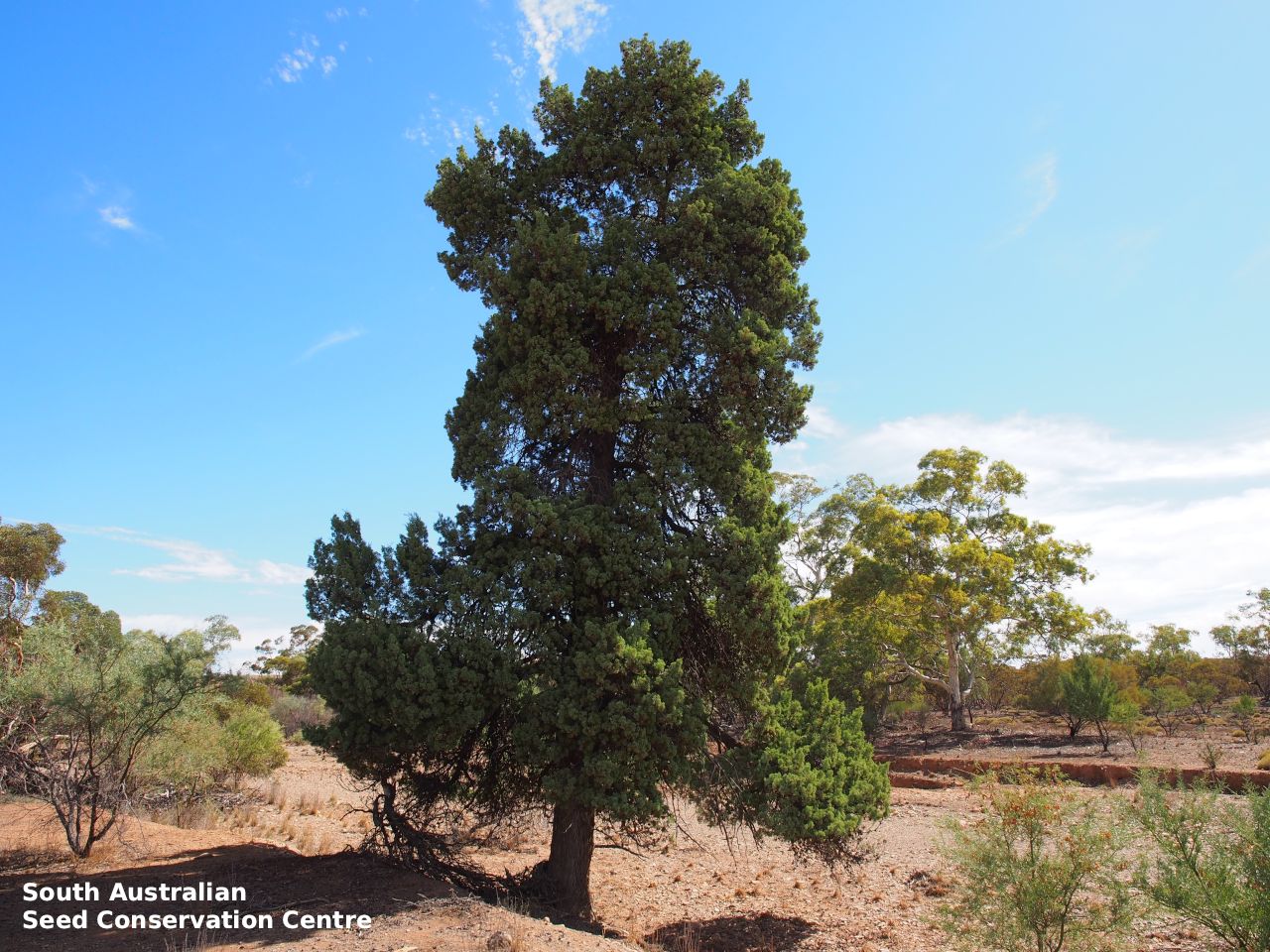
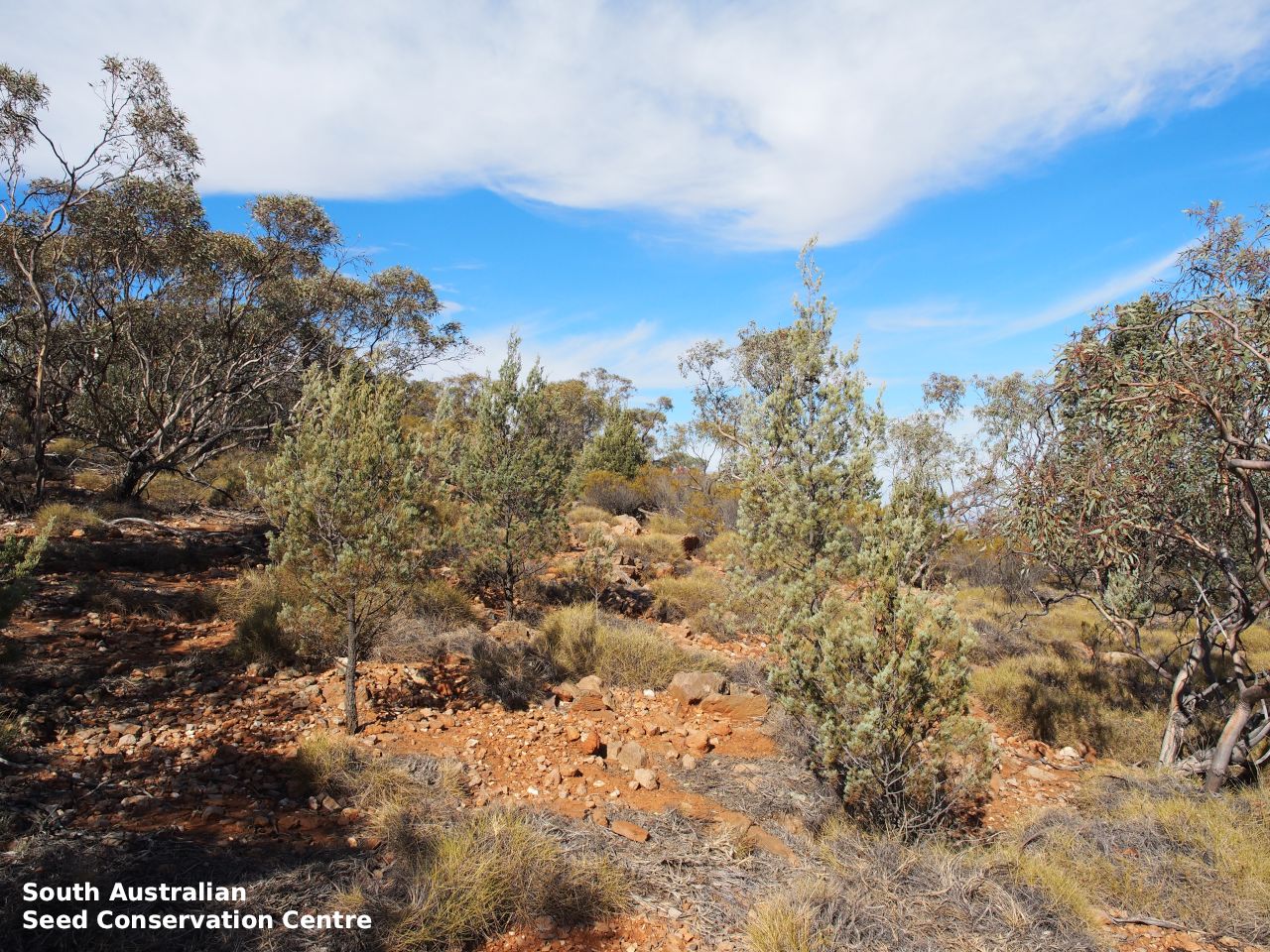
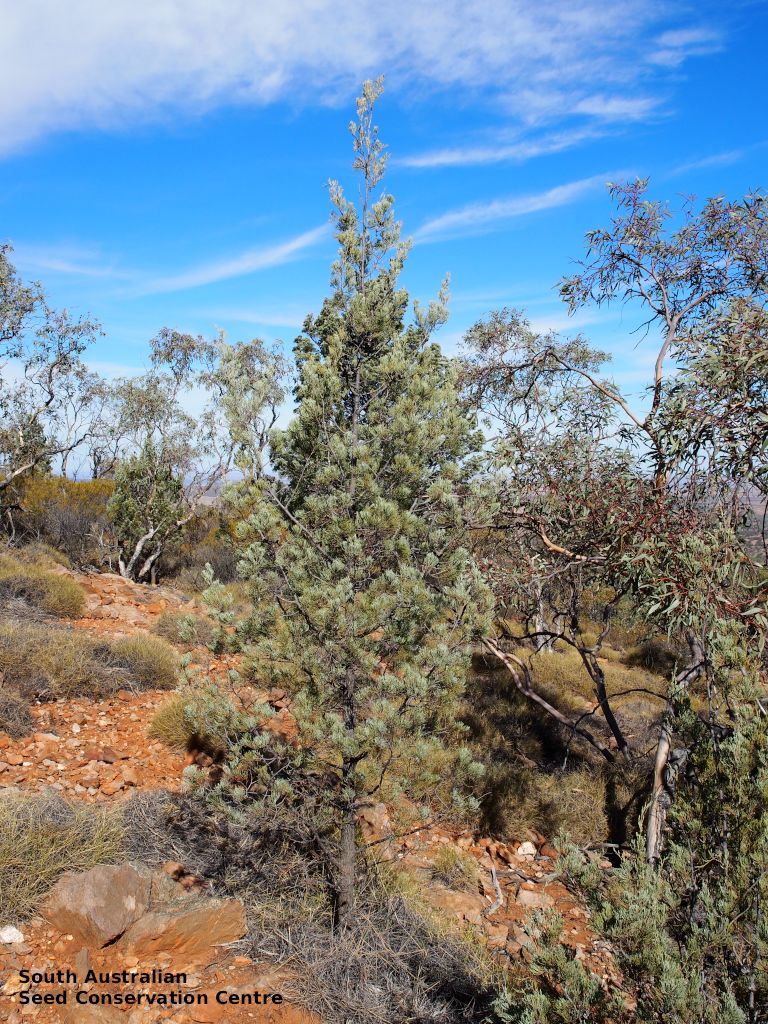
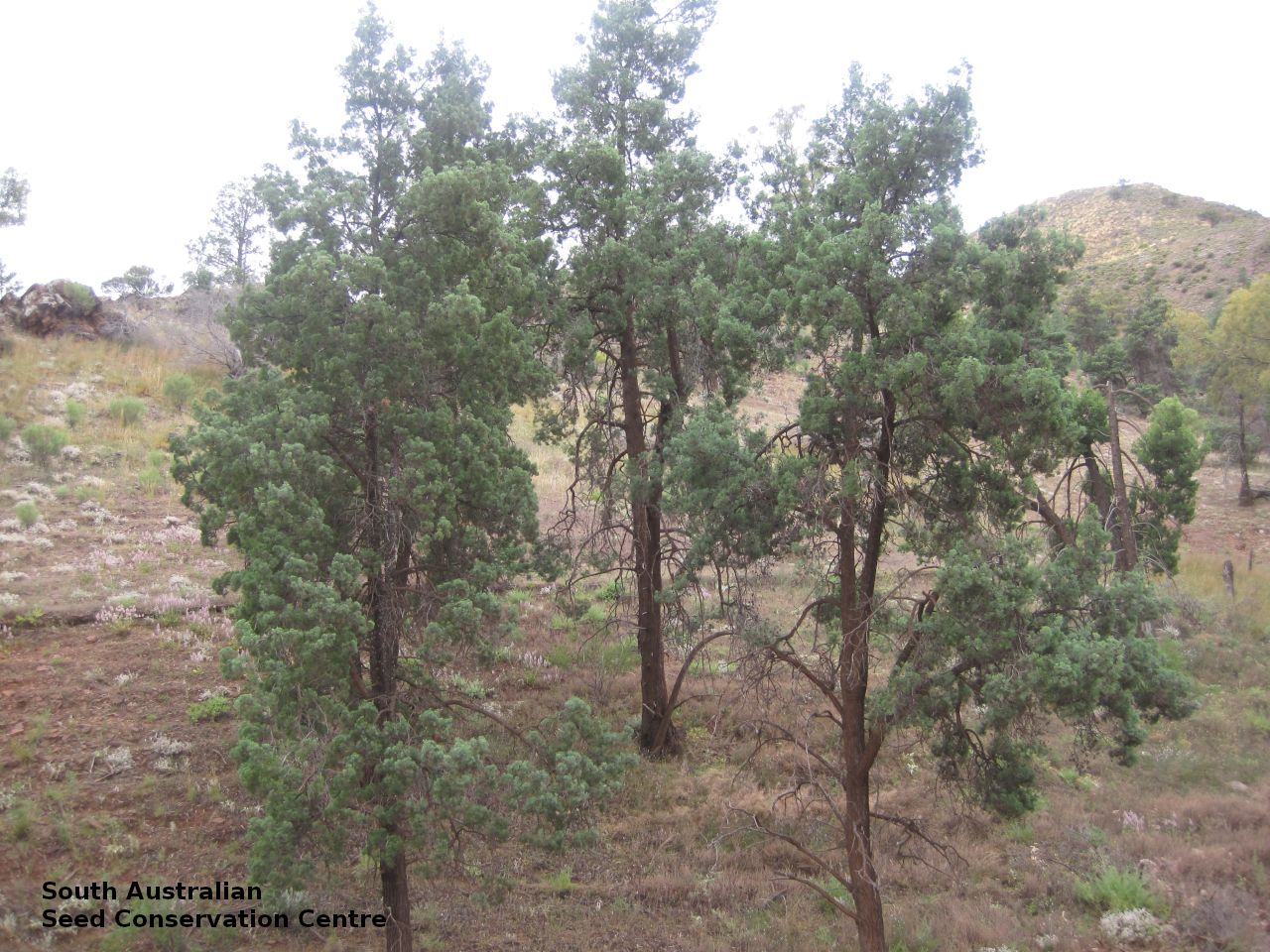
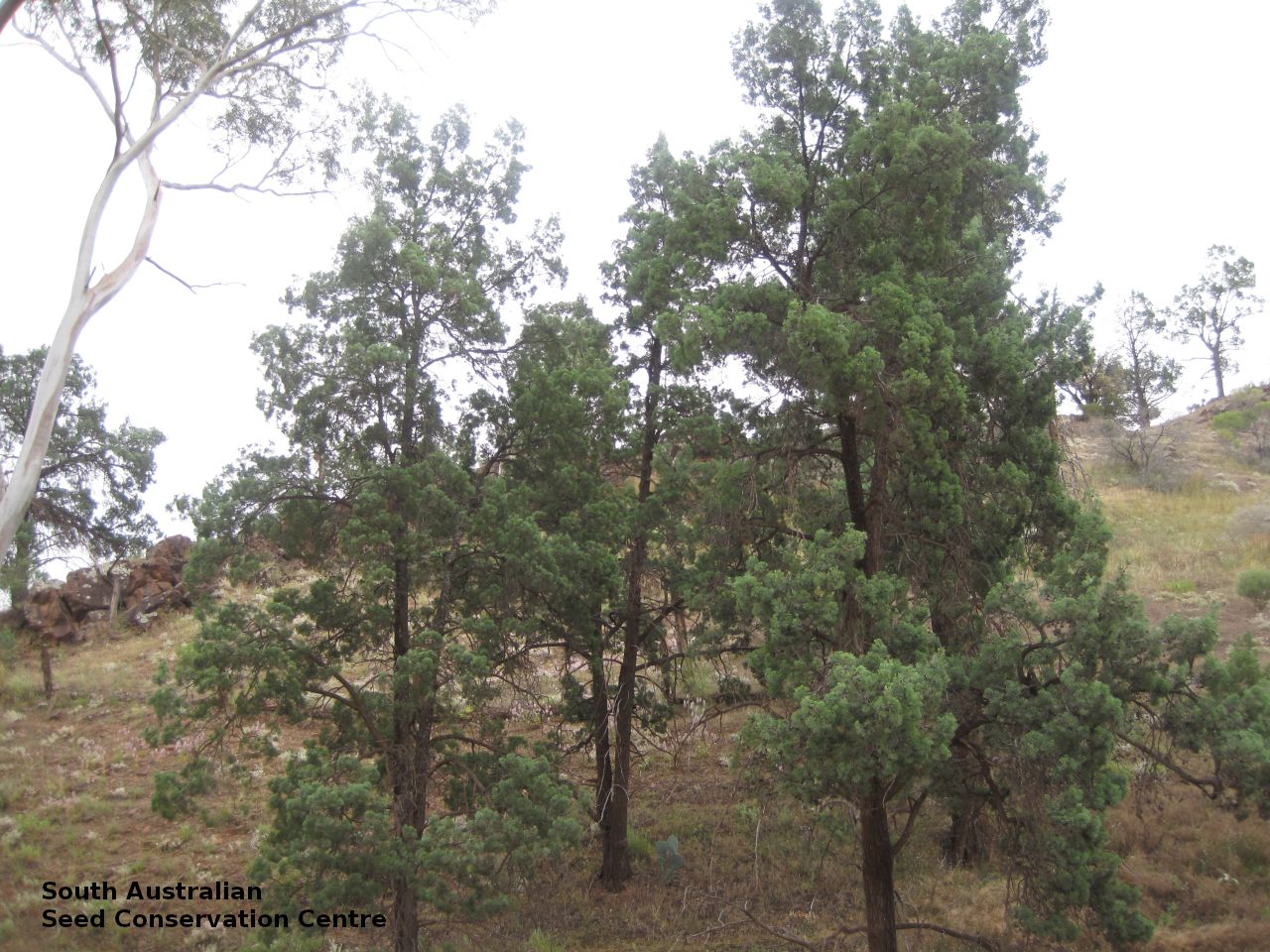
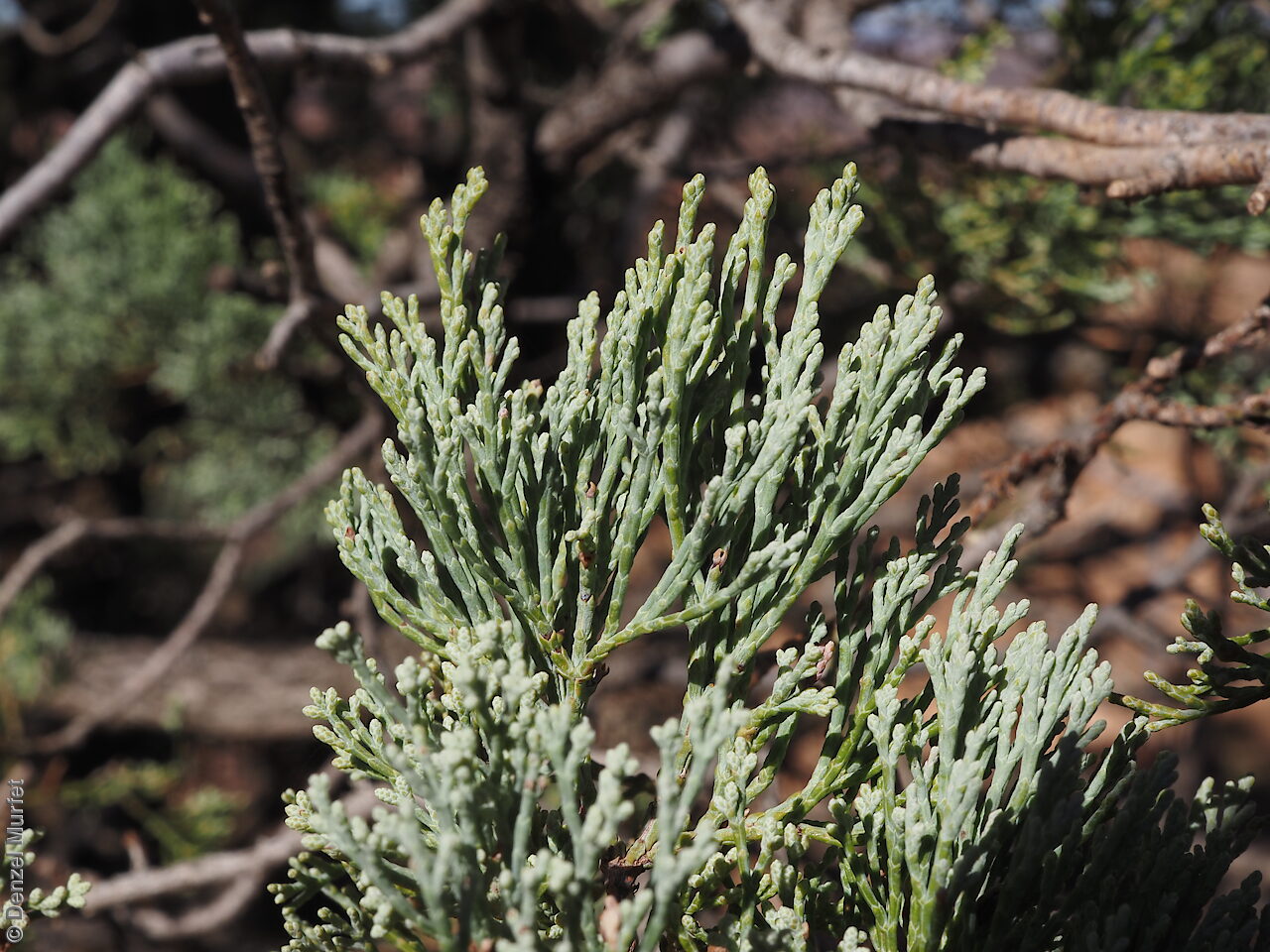
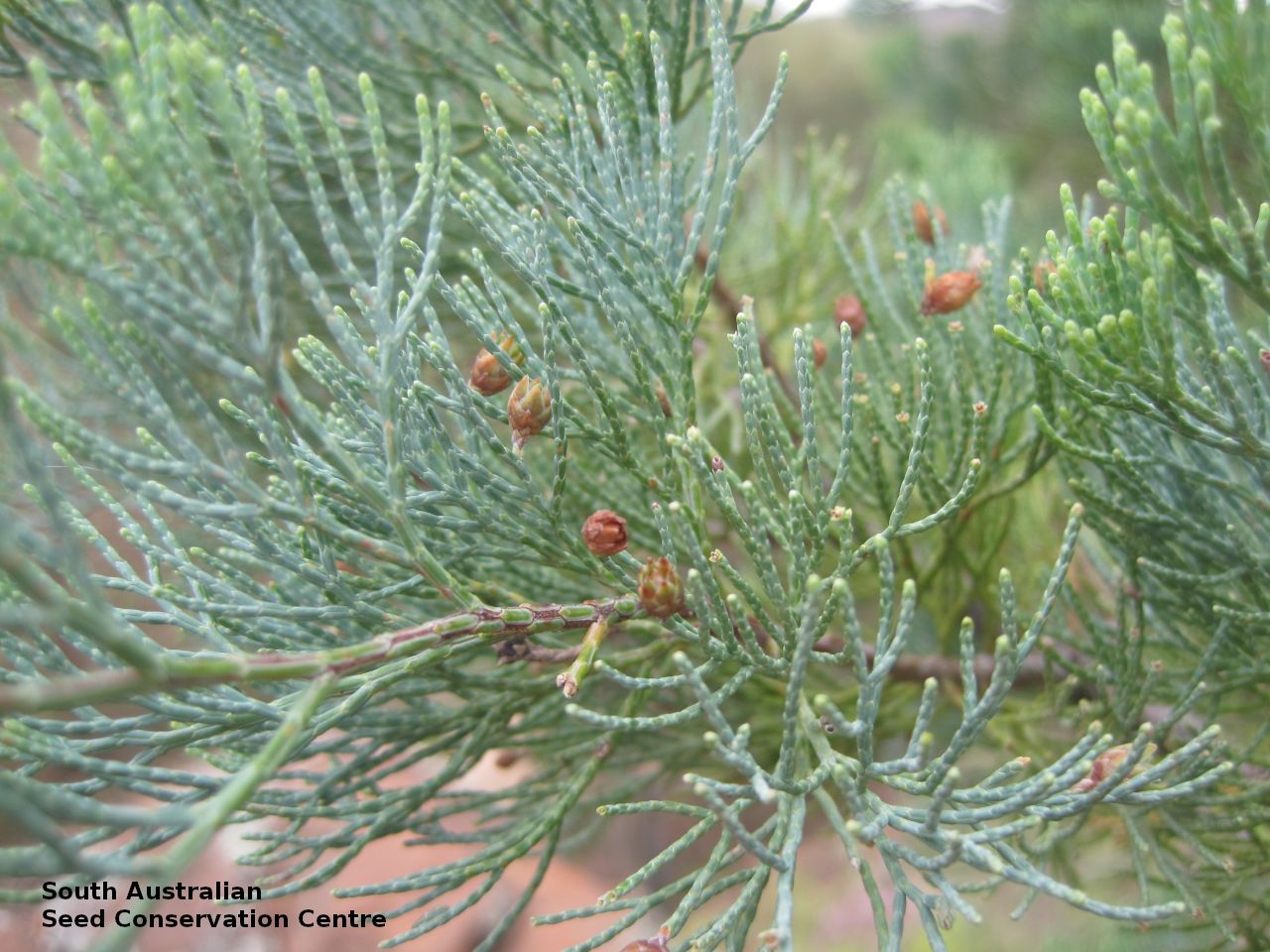
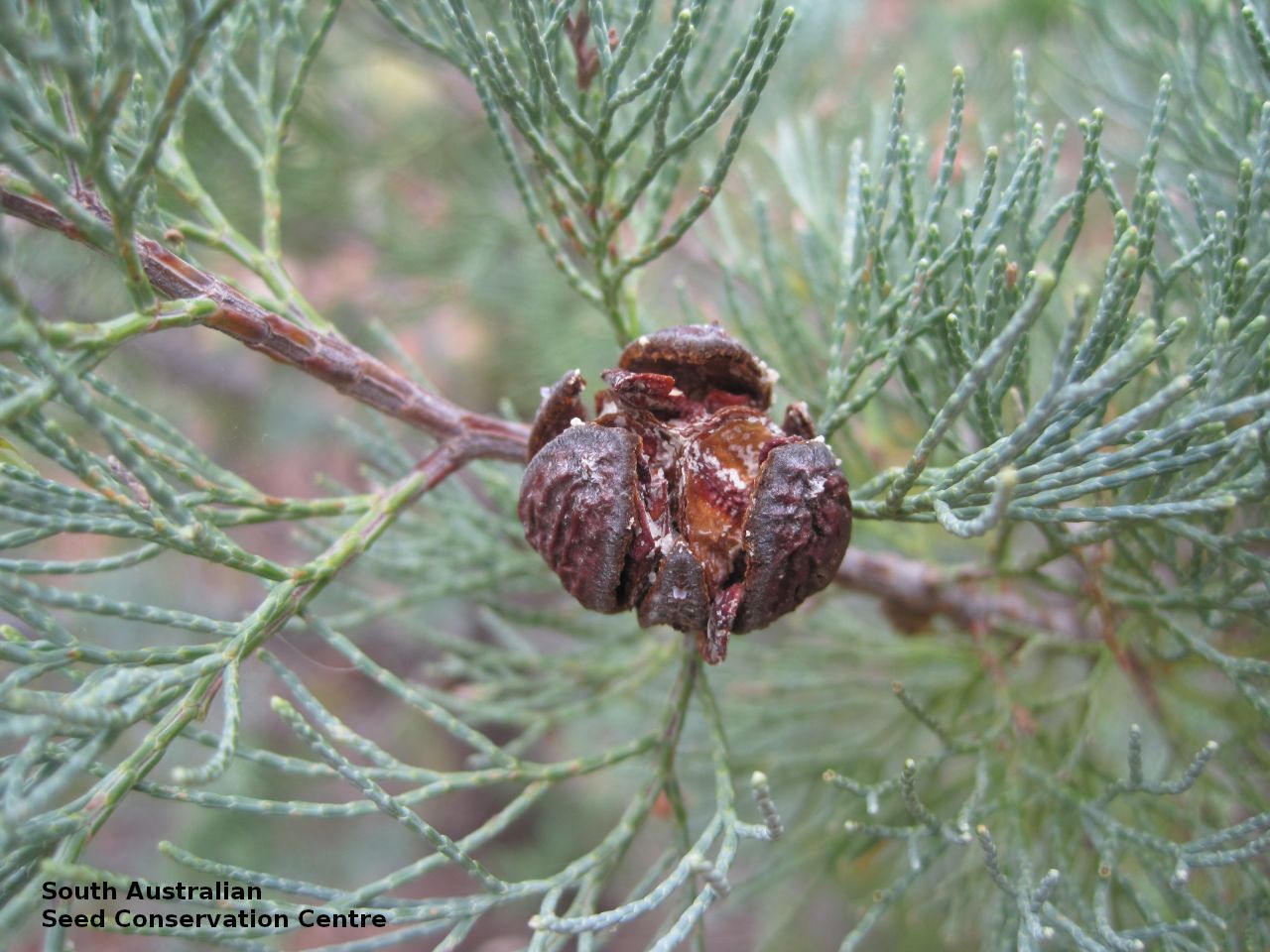
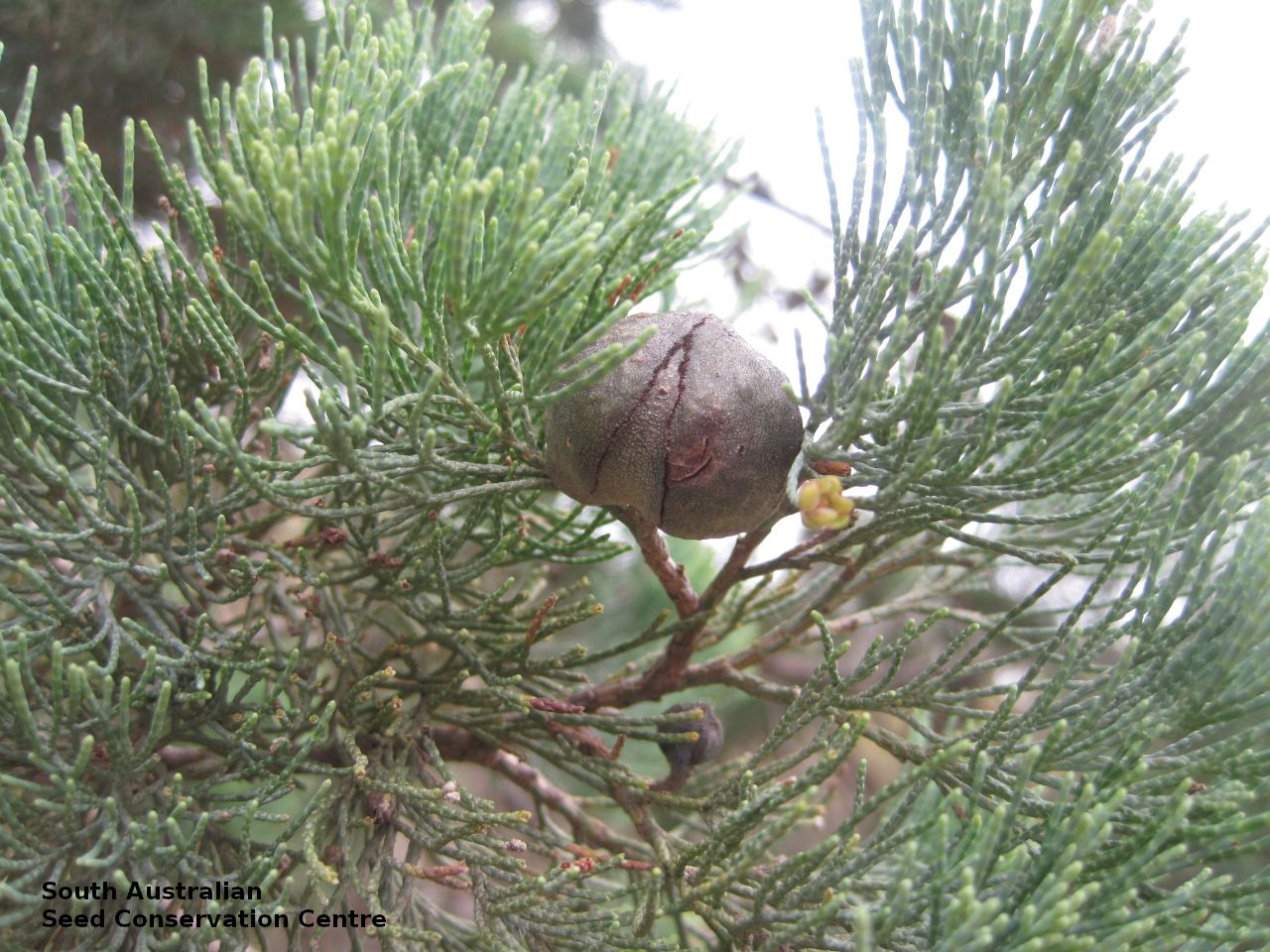
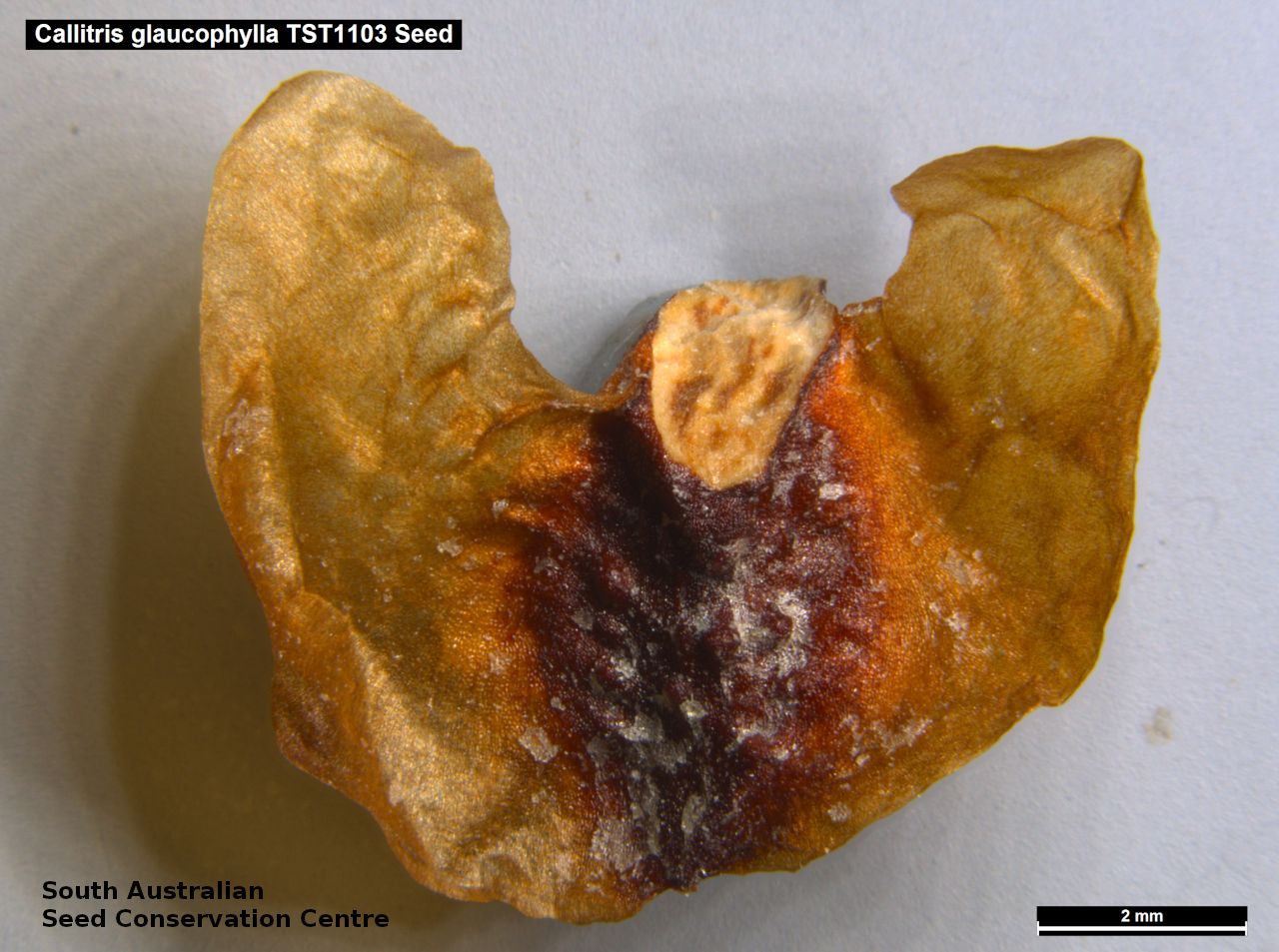
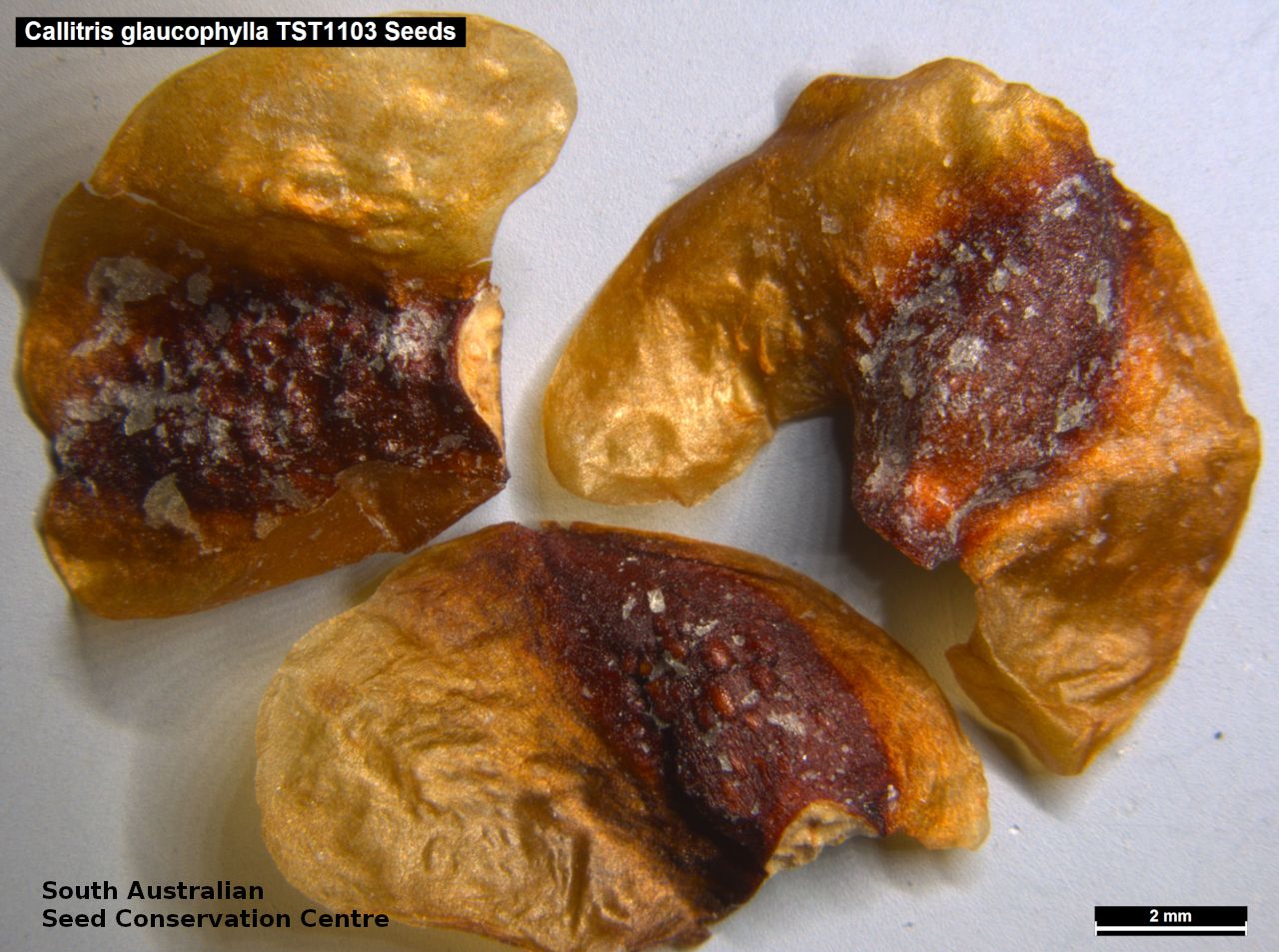
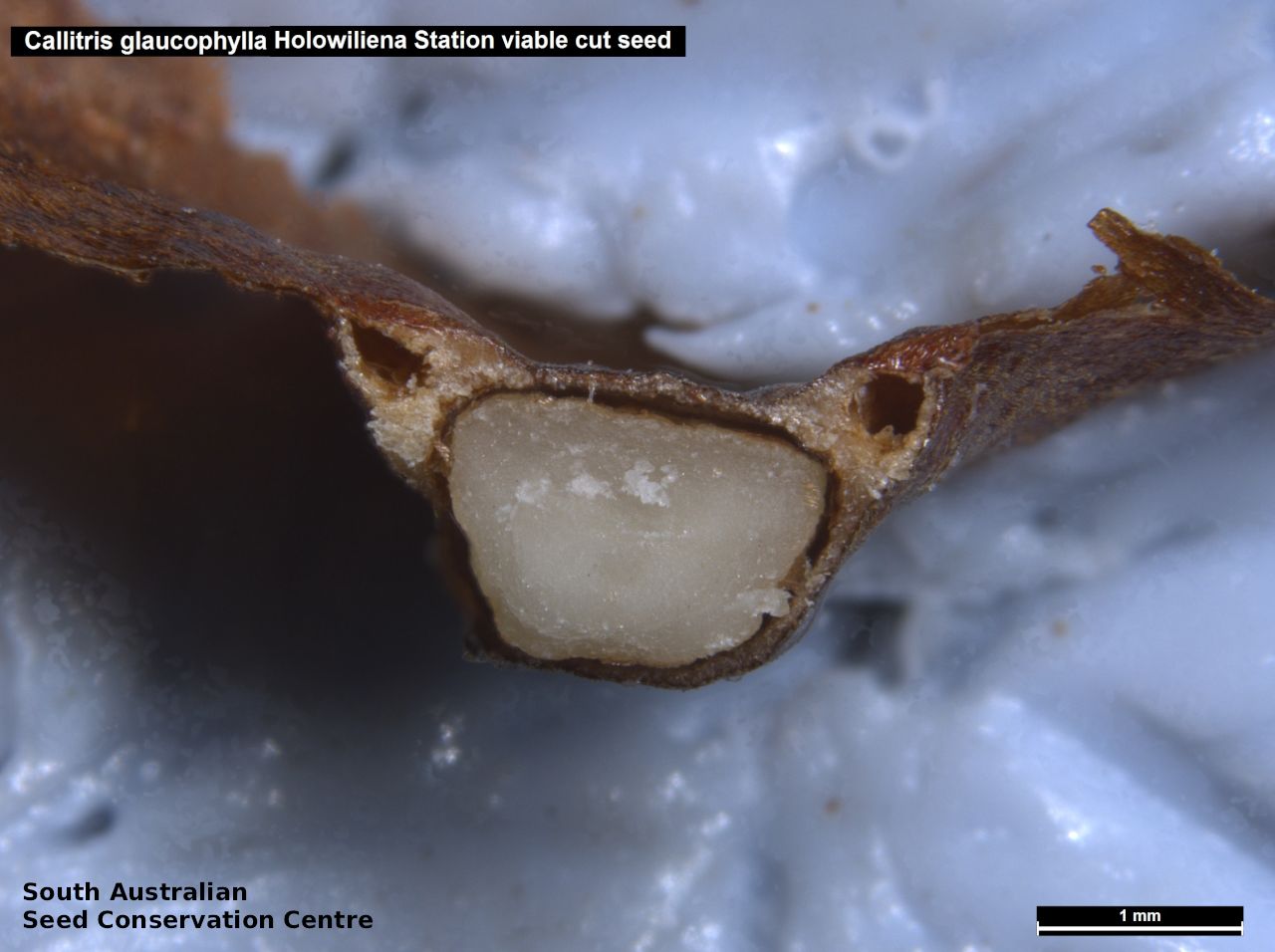
Regional Species Conservation Assessments per IBRA subregion.

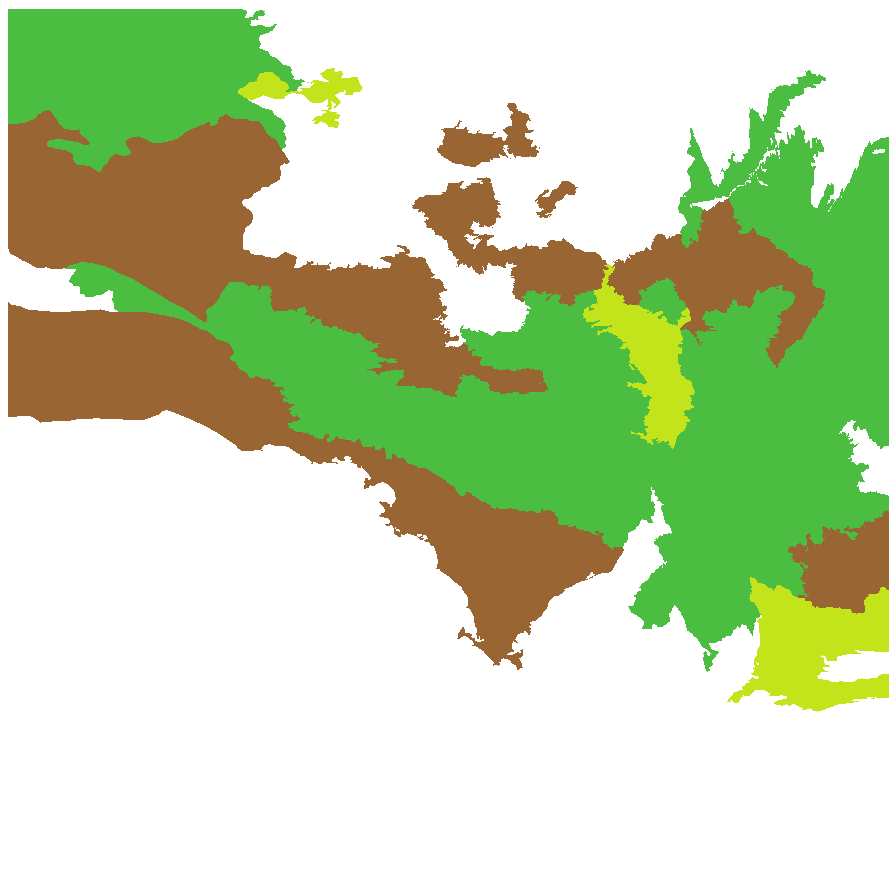
Least concern
Near threatened
Rare
Vulnerable
Endangered
Critically endangered
Extinct
Data deficient
Adelaide
Arkaroola
Ceduna
Coober Pedy
Hawker
Innamincka
Marla
Marree
Mount Gambier
Oodnadatta
Renmark
Wudinna
Keith
Yunta
Display IBRA region text
| Broughton (FLB02) | Flinders Lofty Block | Least Concern |
| Olary Spur (FLB03) | | Least Concern |
| Southern Flinders (FLB04) | | Least Concern [Possibly increasing where goats are controlled] |
| Northern Flinders (FLB05) | | Least Concern [doing well] |
| Central Flinders (FLB06) | | Least Concern [doing well] |
| St Vincent (EYB02) | Eyre Yorke Block | Least Concern |
| Eyre Hills (EYB03) | | Rare (IUCN: RA d(ii)) |
| Talia (EYB04) | | Rare (IUCN: RA d(ii)) |
| Eyre Mallee (EYB05) | | Rare (IUCN: RA d(ii)) |
| South Olary Plain (MDD01) | Murray Darling Depression | Rare (IUCN: RA d(i,ii)) [edge of range, not sure if regenerating] |
| Murray Mallee (MDD02) | | Near Threatened [Bob C - can be confused with gracilis] |
| Braemer (MDD07) | | Least Concern |
| Murray Scroll Belt (RIV06) | Riverina | Near Threatened [Bob C - can be confused with gracilis] |
| Myall Plains (GAW01) | Gawler | Least Concern |
| Gawler Volcanics (GAW02) | | Least Concern |
| Gawler Lakes (GAW03) | | Least Concern |
| Arcoona Plateau (GAW04) | | Least Concern |
| Kingoonya (GAW05) | | Rare (IUCN: RA d(ii)) |
| Torrens (GAW06) | | Near Threatened (Probable Decline) [heavily grazed; not much regeneration] |
| Roxby (GAW07) | | Least Concern |
| Commonwealth Hill (GAW08) | | Rare (IUCN: RA d(i,ii)) [edge of range] |
| Maralinga (GVD03) | Great Victoria Desert | Rare (IUCN: RA d(ii)) |
| Kintore (GVD04) | | Least Concern [isolated trees] |
| Yellabinna (GVD06) | | Least Concern |
| Nullarbor Plain (NUL02) | Nullarbor | Rare (IUCN: RA d(ii)) |
| Yalata (NUL03) | | Rare (IUCN: RA d(ii)) |
| Barrier Range Outwash (BHC04) | Broken Hill Complex | Least Concern |
| Bimbowrie (BHC05) | | Least Concern |
| Curnamona (BHC06) | | Least Concern |
| Strzelecki Desert (SSD05) | Simpson Strzelecki Dunefields | Least Concern |
| Murnpeowie (STP03) | Stony Plains | Rare (IUCN: RA d(i,ii)) [edge of range] |
| Baltana (STP07) | | Rare (IUCN: RA d(i,ii)) [edge of range] |
| Mann-Musgrave Block (CER01) | Central Ranges | Least Concern |
| Watarru (CER02) | | Least Concern |
| Everard Block (CER03) | | Near Threatened [scattered trees] |
| 5 of 6 subregions | Flinders Lofty Block | Least Concern |
| 4 of 5 subregions | Eyre Yorke Block | Least Concern , Rare |
| 3 of 6 subregions | Murray Darling Depression | Least Concern , Near Threatened , Rare |
| Murray Scroll Belt (RIV06) | Riverina | Near Threatened [Bob C - can be confused with gracilis] |
| 8 of 8 subregions | Gawler | Least Concern , Near Threatened , Rare |
| 3 of 4 subregions | Great Victoria Desert | Least Concern , Rare |
| 2 of 3 subregions | Nullarbor | Rare |
| 3 of 4 subregions | Broken Hill Complex | Least Concern |
| Strzelecki Desert (SSD05) | Simpson Strzelecki Dunefields | Least Concern |
| 2 of 7 subregions | Stony Plains | Rare |
| 3 of 3 subregions | Central Ranges | Least Concern , Near Threatened |
Botanical art
Kath Alcock paintings: 5
Prior names
Frenela robusta var. microcarpa
Callitris glauca
Callitris columellaris
Common names
White Cypress-pine
Northern Cypress-pine
Etymology
Callitris from the Greek 'kalos' meaning beautiful and 'treis' meaning three, referring to the arrangement of the leaves in whorls of three. Glaucophylla from the Greek 'glaukos' meaning bluish and 'phyllon' meaning a leaf, in referring to the bluish glaucous leaves.
Distribution and status
Found in the central and northern parts of South Australia, growing in inland woodlands on loamy plains, sandy rises and outcrops. Also found in the Northern Territory, Queensland and New South Wales and in Western Australia and Victoria. Native. Common in South Australia. Common in the other States.
Herbarium regions: North Western, Lake Eyre, Nullarbor, Gairdner-Torrens, Flinders Ranges, Eastern, Eyre Peninsula, Northern Lofty, Murray
NRM regions: Alinytjara Wilurara, Eyre Peninsula, Northern and Yorke, South Australian Arid Lands, South Australian Murray-Darling Basin
AVH map: SA distribution map (external link)
Plant description
Small trees or trees to 30 m high, with a single trunk. Bark brown, rough and furrowed. Leaves in whorls of 3 (sometimes 4 or 5 when juvenile), usually glaucous (bluish grey), juvenile leaves to 8 mm long, mature leaves to 3 mm long with apex broadly acute, dorsal surface not keeled. Fruits are dark brown, depressed-globose to ovoid cone to 2.5 cm diameter, surface smooth, solitary, compressible, rarely remaining on the plant long after maturity. Seeds are reddish brown ovoid seed to 6 mm long, with a wrinkled surface and two large wings on either side.
Seed collection and propagation
Collect seeds between January and December. Collect cones that are not open but large, hard and dark. These will contain maturing seeds. Place the cones in a tray and leave to dry for 3-5 weeks to allow the cones to open naturally. Then shake the cones in a bucket to dislodge the seeds. Use a sieve to separate the seeds from the cones. Store the seeds with a desiccant such as dried silica beads or dry rice, in an air tight container in a cool and dry place. Viable seed should germinate readily, if stored in a fridge prior to sowing in winter.













